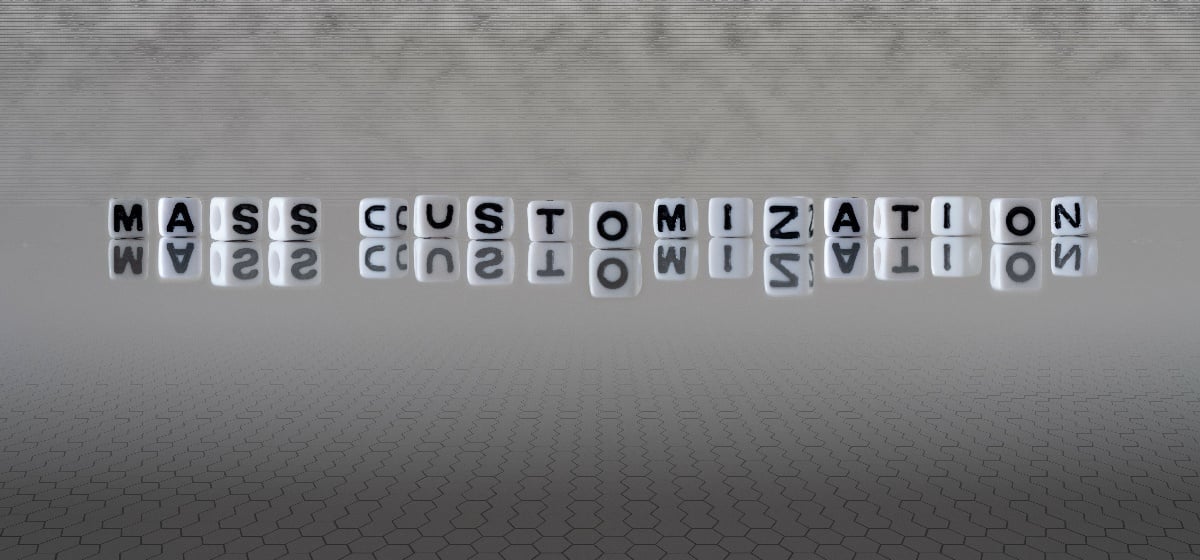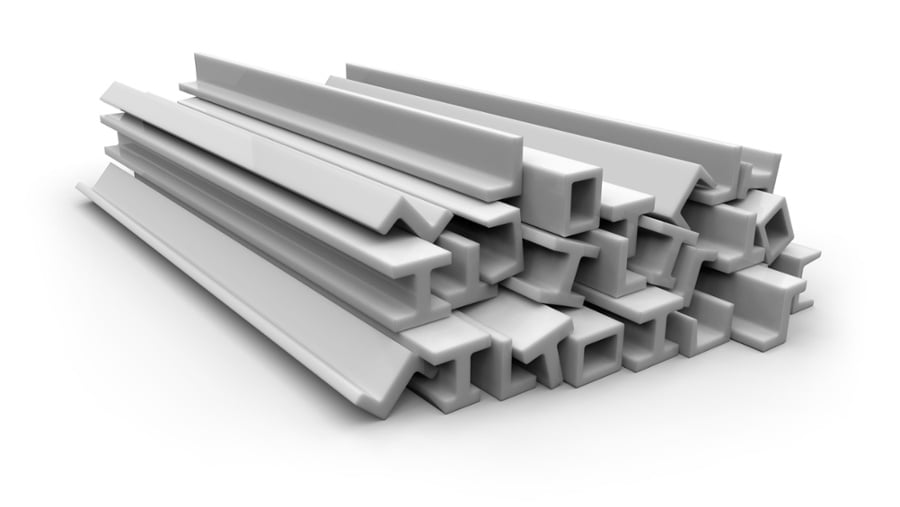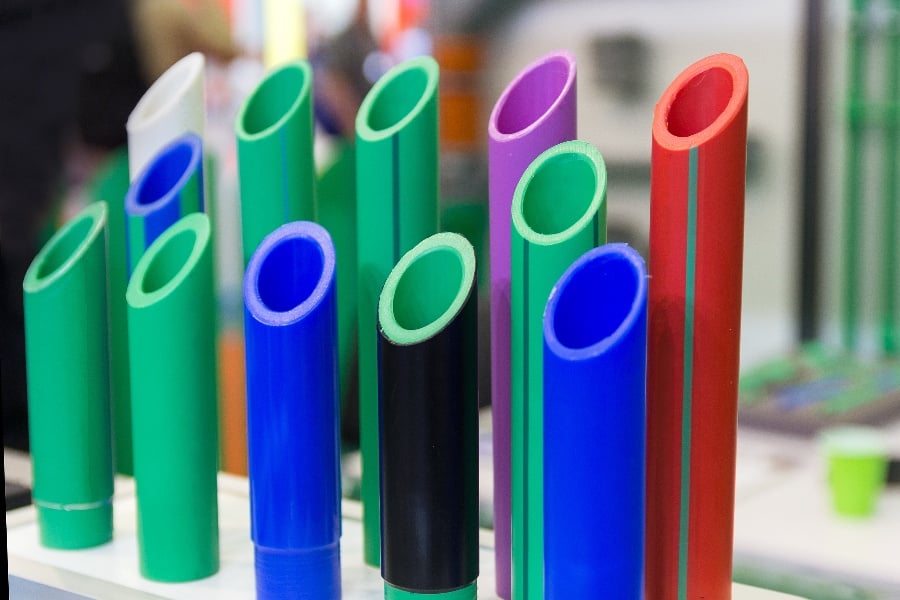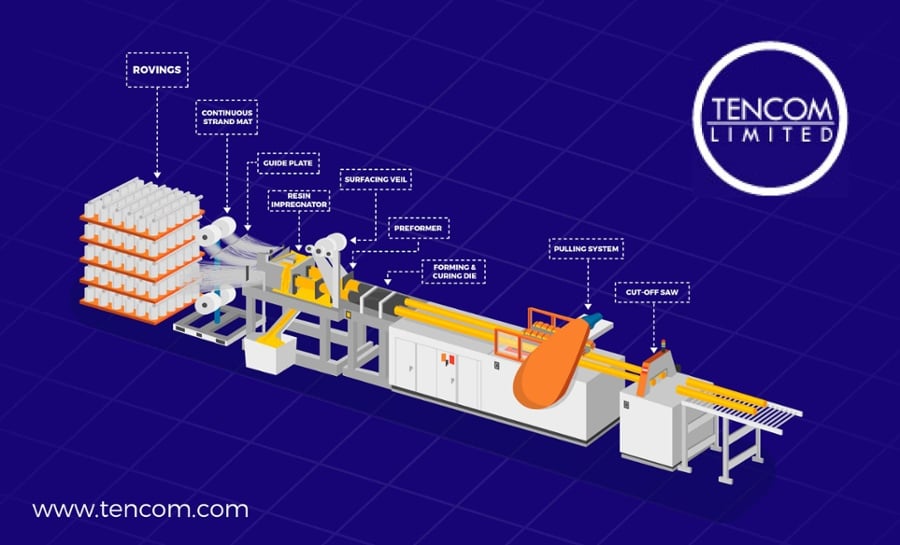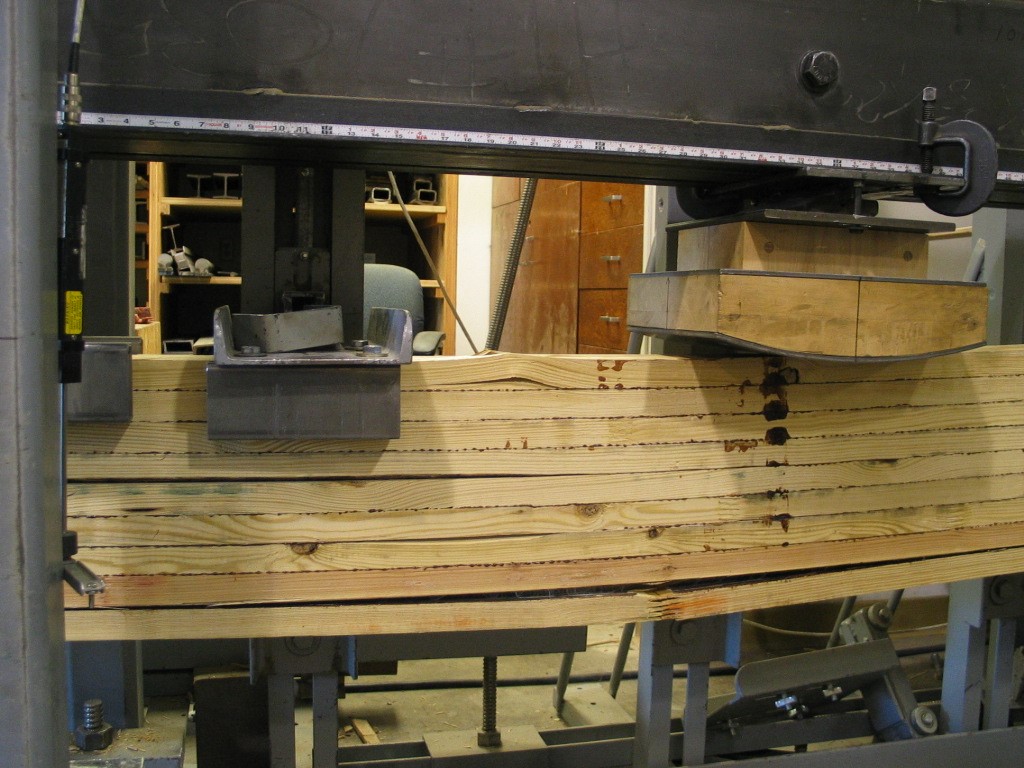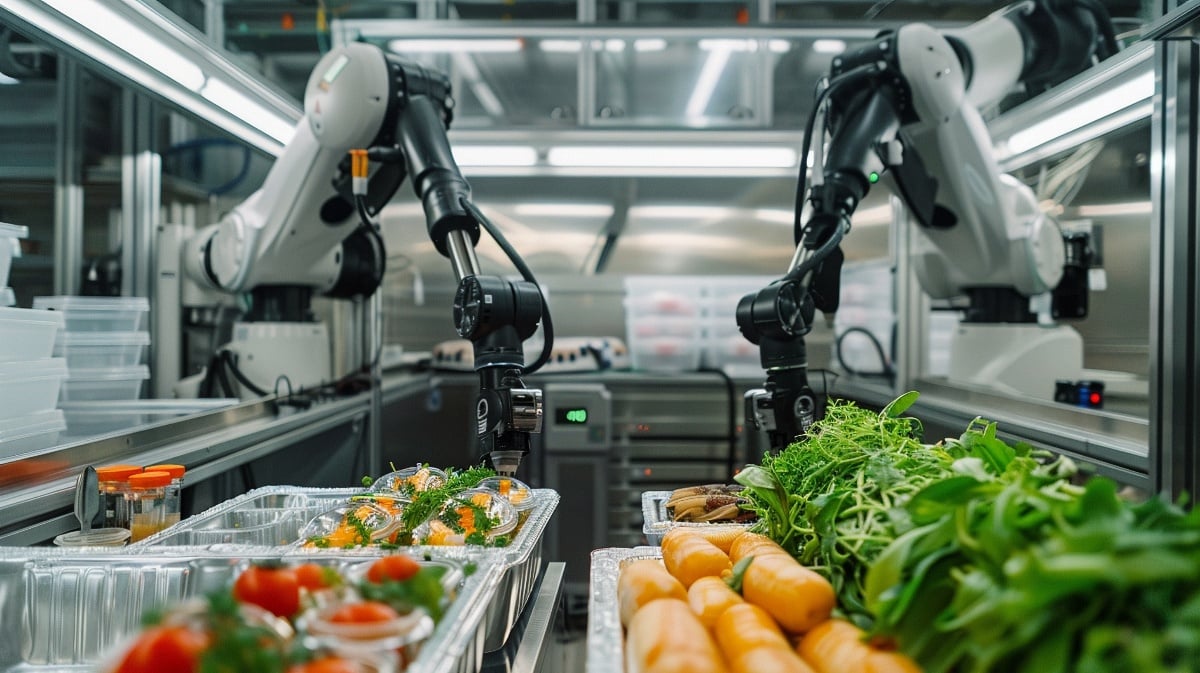In the ever-evolving landscape of manufacturing design engineering, one trend is swiftly gaining momentum and transforming the industry at an unprecedented scale: Mass Customization. As we steadily march towards a future where technology is increasingly democratized, the concept of 'one-size-fits-all' is becoming passé. Consumers are seeking personalized products that cater to their unique preferences and needs, and manufacturers are responding in kind.
Mass customization, a practice that combines the low unit costs of mass production with the flexibility of individual customization, is poised to redefine manufacturing paradigms and set new industry standards.
The Evolution of Manufacturing: From Mass Production to Mass Customization
Brief History of Mass Production
Mass production, characterized by the manufacture of large quantities of standardized products, has been the cornerstone of the industrial manufacturing sector since the early 20th century. The concept, which gained popularity with Henry Ford's assembly line for the Model T automobile, aimed at achieving economies of scale and reducing unit costs. This production system relied heavily on standardized parts and processes, with little to no variation in the final products.
The Shift towards Customization and Individualization
Over time, the advent of new technologies and changing consumer expectations led to a shift away from the one-size-fits-all approach of mass production. Consumers began to seek products tailored to their individual needs and preferences, leading to the rise of customization. This shift marked the transition from mass production to mass customization. Unlike mass production, mass customization aims to meet individual customer needs while still achieving economies of scale in production. This approach requires more flexible production processes, and design and manufacturing systems that can adapt to varying product specifications.
The Role of Technological Advancements in this Transition
The transition to mass customization would not have been possible without significant advancements in technology. For instance, developments in computer-aided design (CAD) and computer-aided manufacturing (CAM) software have enabled more flexible and adaptable production processes. Similarly, the rise of additive manufacturing techniques, like 3D printing, allows for the creation of customized parts and products on a large scale.
Furthermore, data-driven technologies, such as artificial intelligence (AI) and machine learning, have opened up new possibilities for predicting and responding to customer preferences. The Internet of Things (IoT) has also played a crucial role in enabling real-time tracking and optimization of production processes.
Understanding Mass Customization in Manufacturing Design Engineering
What is Mass Customization?
Mass customization is a manufacturing approach that combines the efficiency of mass production with the versatility of customization. It refers to the ability of a company to produce high volumes of products that are customized to meet individual customer needs. The concept of mass customization has gained increased popularity in recent years as customers demand products that cater to their specific preferences.
Mass Customization Process
The process of mass customization involves three main elements: modular design, flexible manufacturing processes, and responsive supply chain management. Modular design involves breaking down a product into smaller components or modules that can be combined in various ways to create different configurations. Flexible manufacturing processes involve using technology to produce these modules quickly and cost-effectively. And responsive supply chain management involves coordinating the delivery of these modules to the right place at the right time.
The Benefits and Challenges of Mass Customization
The benefits of mass customization are numerous. For manufacturers, it offers the opportunity to differentiate themselves from their competitors by offering unique products that appeal to individual buyers. It also allows manufacturers to reduce waste by producing only what is needed. For customers, mass customization provides a more personalized experience, allowing them to obtain precisely what they want without having to compromise on other features.
However, mass customization also presents its own challenges. The complexity of managing a modular product line can be daunting, requiring careful planning and execution. Manufacturers must also be able to adapt quickly to changing customer demands, which can be difficult to accomplish in an environment where production lead times are long. Additionally, mass customization can result in higher costs due to the need for specialized equipment and skilled labor.
Technologies Enabling Mass Customization
3D Printing: Revolutionizing Customization and Prototyping
One of the most transformative technologies enabling mass customization is 3D printing. This technology allows for the creation of complex, highly customized parts and products directly from digital files. It has drastically reduced the time and cost associated with prototyping and small-scale manufacturing, making it an ideal tool for mass customization. By enabling the production of customized items on-demand, 3D printing has the potential to eliminate inventory costs, reduce waste, and speed up the product development process.
Artificial Intelligence and Machine Learning: Predicting Customer Preferences
Artificial Intelligence (AI) and Machine Learning (ML) technologies have a crucial role in mass customization. These technologies can analyze vast amounts of data to predict customer preferences and optimize product designs. For example, machine learning algorithms can analyze purchasing history, online behavior, and other customer data to predict what a specific customer will likely want in a product. This insight can then be used to create a product tailored to that individual customer's preferences. AI can also automate parts of the design process, further increasing efficiency and scalability of customization.
Internet of Things (IoT): Streamlining Production and Distribution Processes
The Internet of Things (IoT) is another key technology enabling mass customization. IoT refers to the network of physical objects embedded with sensors, software, and other technologies to connect and exchange data with other devices and systems over the internet. In the context of mass customization, IoT devices can monitor and optimize production processes in real-time, reducing waste and improving efficiency. For example, sensors on a production line can monitor production parameters and adjust them on-the-fly to accommodate different product specifications. Furthermore, IoT can help streamline distribution processes by providing real-time tracking and visibility of products from the manufacturing floor to the customer's doorstep.
Cloud Computing: Facilitating Data Exchange and Storage
Cloud computing is vital for facilitating data exchange and storage in mass customization. With the vast amounts of data generated from customer interactions, production processes, and IoT devices, cloud computing provides a scalable, cost-effective solution for storing and analyzing this data. Additionally, cloud platforms facilitate collaboration and data sharing between different parts of the production process, from design to manufacturing to distribution. This seamless data exchange is crucial for coordinating the various processes involved in mass customization, ensuring that the final product accurately reflects the customer's preferences.
Mass customization has had a significant impact on the manufacturing industry, with economic, environmental, and social implications.
Impact of Mass Customization on the Manufacturing Industry
Economic Implications for Manufacturers
Mass customization has enabled manufacturers to differentiate themselves from their competitors by offering unique products that cater to individual customer needs. As a result, mass customization can lead to increased customer loyalty and repeat business. Additionally, mass customization allows manufacturers to reduce waste by producing only what is needed, which can result in cost savings and improved efficiency. However, mass customization also requires investment in new technologies and processes, which can be costly. Manufacturers must also be able to balance the benefits of customization with the need for standardization and economies of scale.
The Environmental Benefits of Mass Customization
One of the most significant benefits of mass customization is its potential to reduce waste and improve sustainability. By producing only what is needed, manufacturers can reduce the amount of excess inventory and wasted resources. For example, modular design allows manufacturers to create products that use fewer materials and are more easily recyclable. Additionally, mass customization can reduce the carbon footprint of manufacturing by reducing transportation needs and energy consumption.
The Impact on Consumer Behavior and Expectations
Mass customization has changed the way consumers interact with brands and products. Customers now expect products to be tailored to their specific needs and preferences, and they are willing to pay a premium for personalized products. This has led to an increase in demand for customizable products, which has created opportunities for manufacturers to differentiate themselves and capture market share. Additionally, mass customization has enabled consumers to participate in the design process, allowing them to create products that are truly unique and reflective of their personal style.
Challenges and Possible Solutions in Implementing Mass Customization
The Challenge of Balancing Efficiency and Customization
One of the most significant challenges in implementing mass customization is maintaining efficiency while accommodating varied customer demands. Traditional mass production systems are designed for efficiency, often at the expense of customization. Transitioning to a mass customization model can potentially disrupt these efficient processes and introduce complexities in production scheduling, inventory management, and logistics. Manufacturers must find ways to integrate flexibility into their operations without significantly impacting their production efficiency.
Advanced production planning and scheduling tools, often powered by AI, can help manage the complexity introduced by customization. These tools can optimize production schedules in real-time to accommodate different product specifications, improving efficiency and flexibility.
The Need for Training and Education in New Technologies
Implementing mass customization often requires the adoption of new technologies. However, these technologies often require specialized skills and knowledge to use effectively. This presents a challenge as manufacturers may need to invest in training or hiring new staff to leverage these technologies.
Manufacturers can partner with educational institutions and technology providers to create training programs for their staff. Additionally, adopting user-friendly technologies and software that require minimal specialized knowledge can help ease this transition.
High Initial Investment
Implementing mass customization often requires significant upfront investment in new technologies and systems. This can be a significant barrier, especially for smaller manufacturers with limited capital.
Manufacturers can start by implementing mass customization in a limited capacity, such as a single product line or segment of their operations. This allows them to learn and iterate on their approach while minimizing upfront investment. Government subsidies and incentives could also be sought to offset the initial costs.
Managing Increased Data Complexity
Mass customization often involves dealing with a much higher volume and complexity of data, from customer preferences to production parameters. Managing this data effectively is crucial for successful mass customization but can be challenging.
Implementing robust data management systems, often cloud-based, can help manage this increased data complexity. Machine learning algorithms can also be used to analyze and extract insights from this data, helping to inform decisions and improve operations.
Incorporating Practical Steps for Implementing Mass Customization
While understanding the theory and historical evolution of mass customization is crucial, it's equally important to have a grasp of practical steps that manufacturers, engineers, or purchasing agents can implement to transition successfully towards mass customization. Below, we'll outline some actionable steps that can serve as a roadmap for this transition.
Step 1: Identify the Scope of Customization
Understanding the depth of customization that your customer base expects is the starting point. Conduct customer surveys and market research to determine what aspects of your product consumers want to be customizable. This could range from purely aesthetic changes to functional alterations.
Step 2: Implement Modular Design
Based on customer feedback, start developing modular designs of your product. This would involve breaking down your product into smaller, interchangeable parts (modules) that can be customized. Use CAD/CAM software to aid in this process.
Step 3: Invest in Flexible Manufacturing Technology
Consider investing in technologies like 3D printing, which can efficiently handle a variety of designs without needing extensive retooling. Flexible manufacturing systems are a key to successfully implementing mass customization.
Step 4: Utilize AI and Machine Learning
Implement AI and Machine Learning to predict customer preferences and optimize production processes. Machine learning algorithms can analyze customer data and help in tailoring products that cater to individual customer needs.
Step 5: Incorporate IoT in Your Production Process
IoT devices can streamline and optimize your production process in real-time, making it more responsive to customization needs. IoT devices can track, monitor, and optimize production parameters, improving efficiency and reducing waste.
Step 6: Implement a Robust Supply Chain Management System
Finally, ensure that your supply chain management is equipped to handle the complexities introduced by mass customization. It should be responsive, able to coordinate the delivery of various modules to the right place at the right time.
Step 7: Measure and Iterate
Implement feedback loops to continuously improve your mass customization process. Monitor key metrics like customer satisfaction, production efficiency, and waste reduction to understand the effectiveness of your efforts and identify areas for improvement.
By following these steps, manufacturers can implement mass customization in a systematic, strategic manner. While the journey towards mass customization can be challenging, these practical steps provide a solid framework to navigate the transition. It's a transformative journey, and like all transformations, it requires dedication, patience, and the willingness to adapt and learn.
Mass customization is not merely a fleeting trend in manufacturing design engineering, but rather a profound paradigm shift that's steadily reshaping the industry's landscape. By harmoniously merging the cost-effectiveness of mass production with the personal touch of customization, it's offering an innovative solution to meet the ever-evolving consumer demands. However, as promising as mass customization might be, it's not devoid of challenges.
From integrating advanced technologies to managing supply chain complexities, businesses must navigate these obstacles to effectively implement and benefit from this trend. Looking ahead, the increasing prevalence of mass customization will undoubtedly continue to revolutionize manufacturing processes, fostering a new era of personalized production that respects individual preferences while maintaining economic viability.

